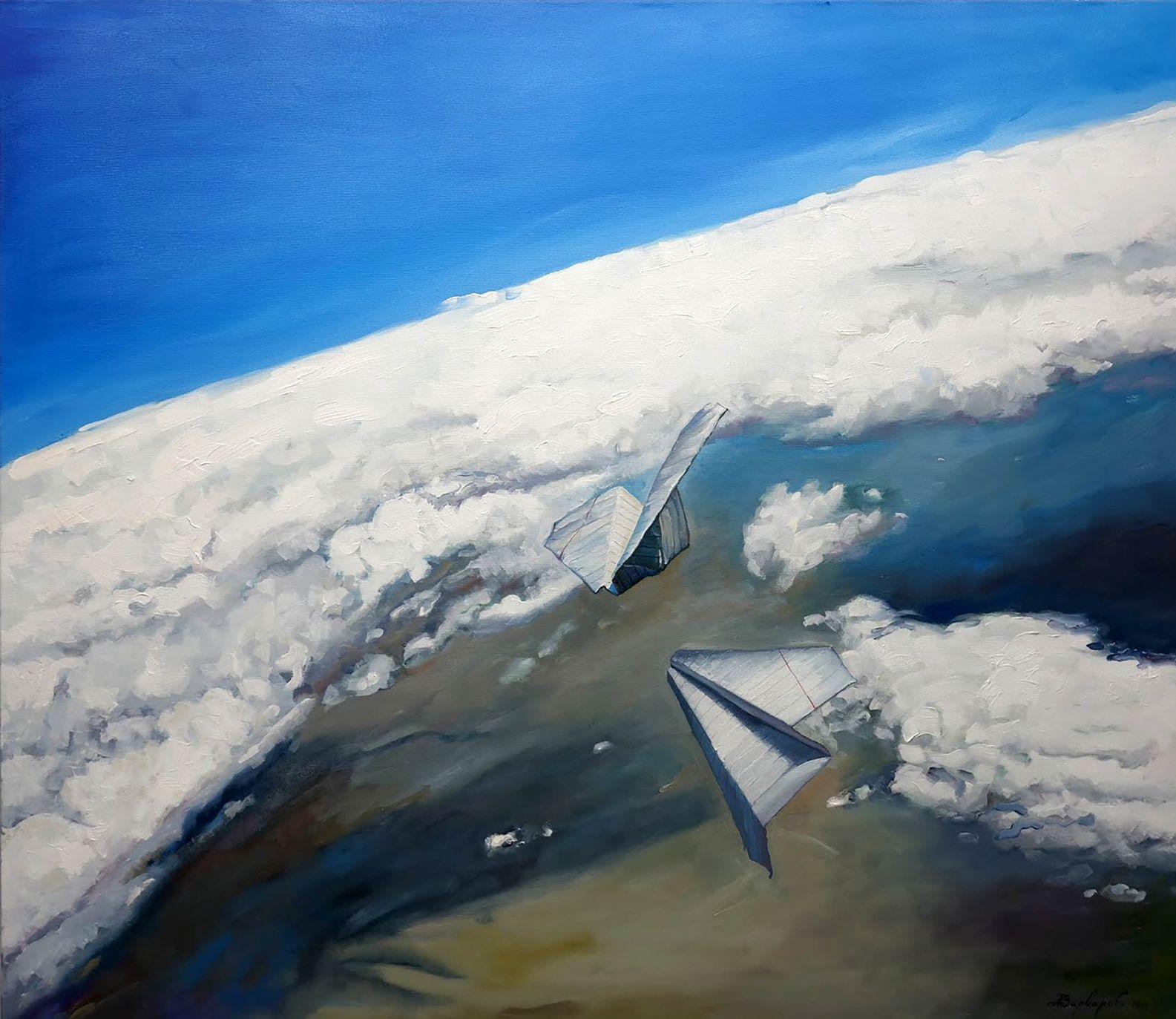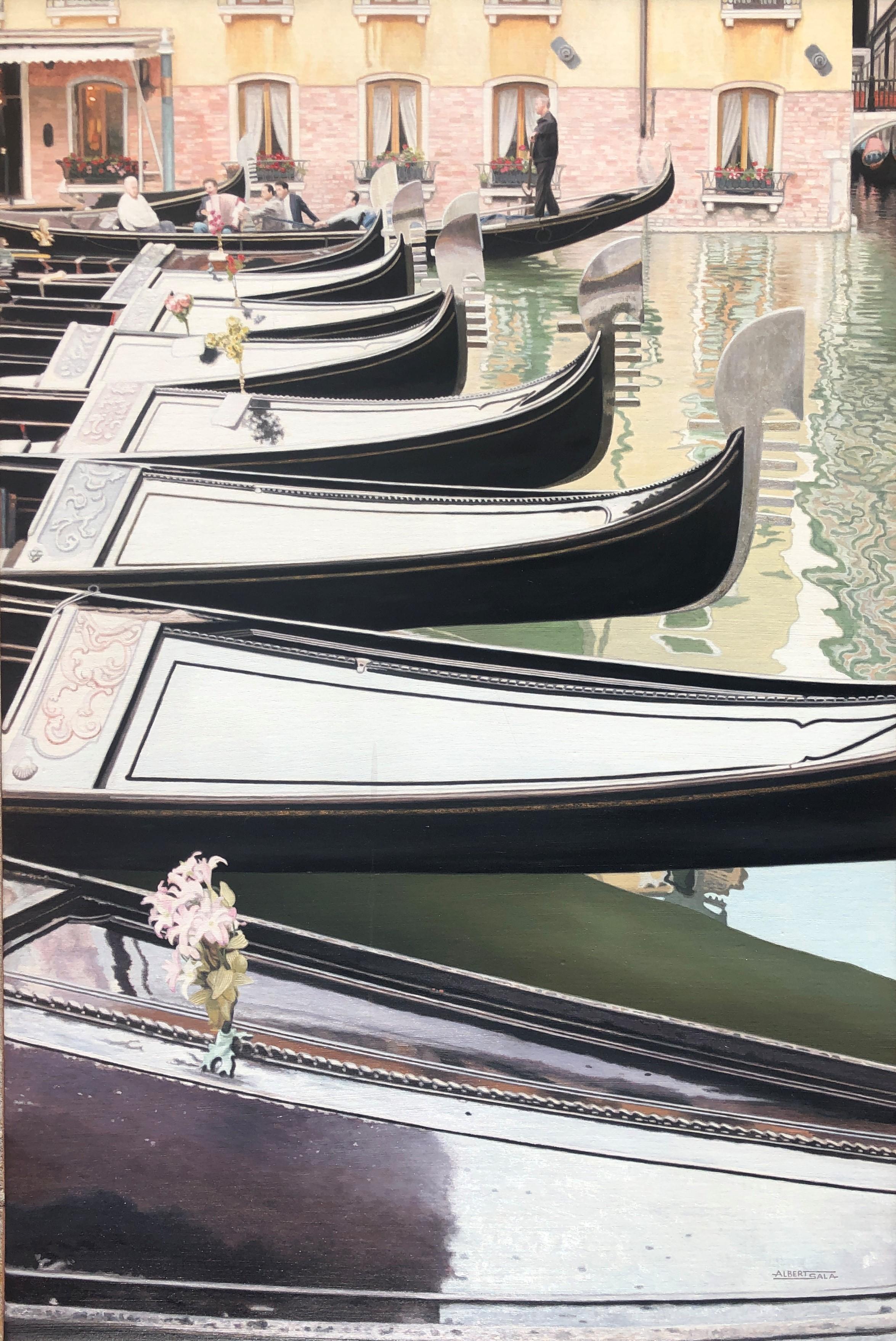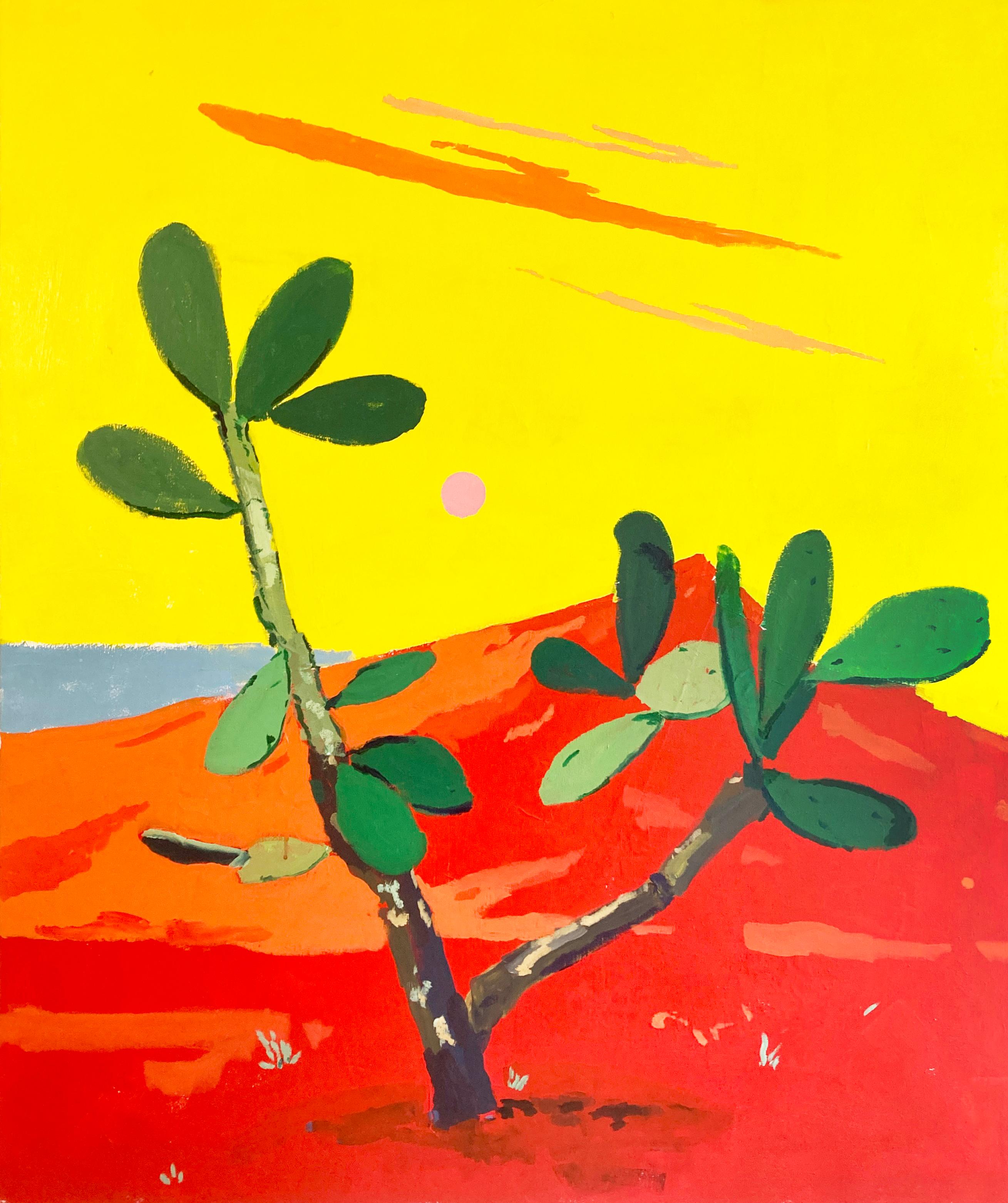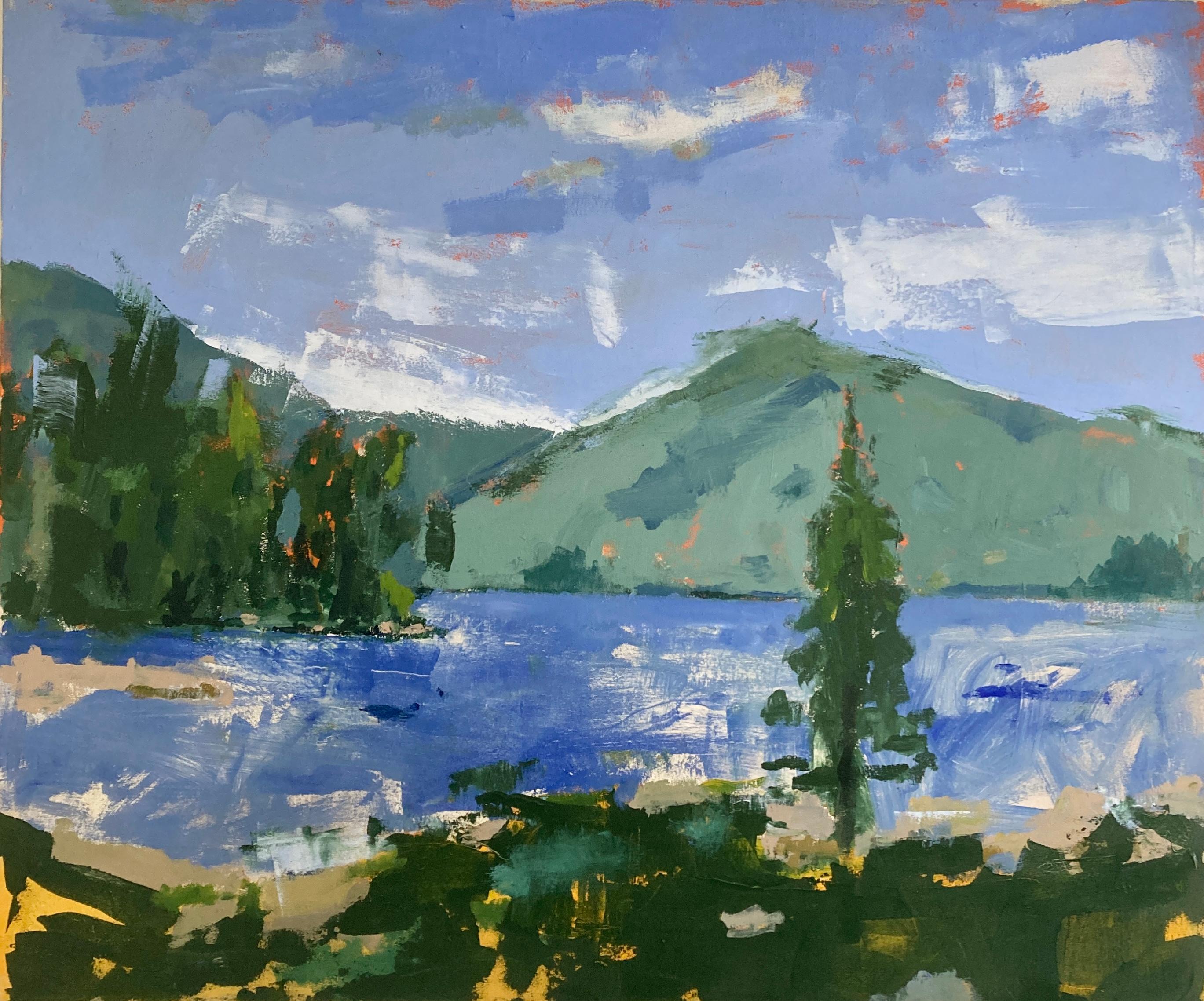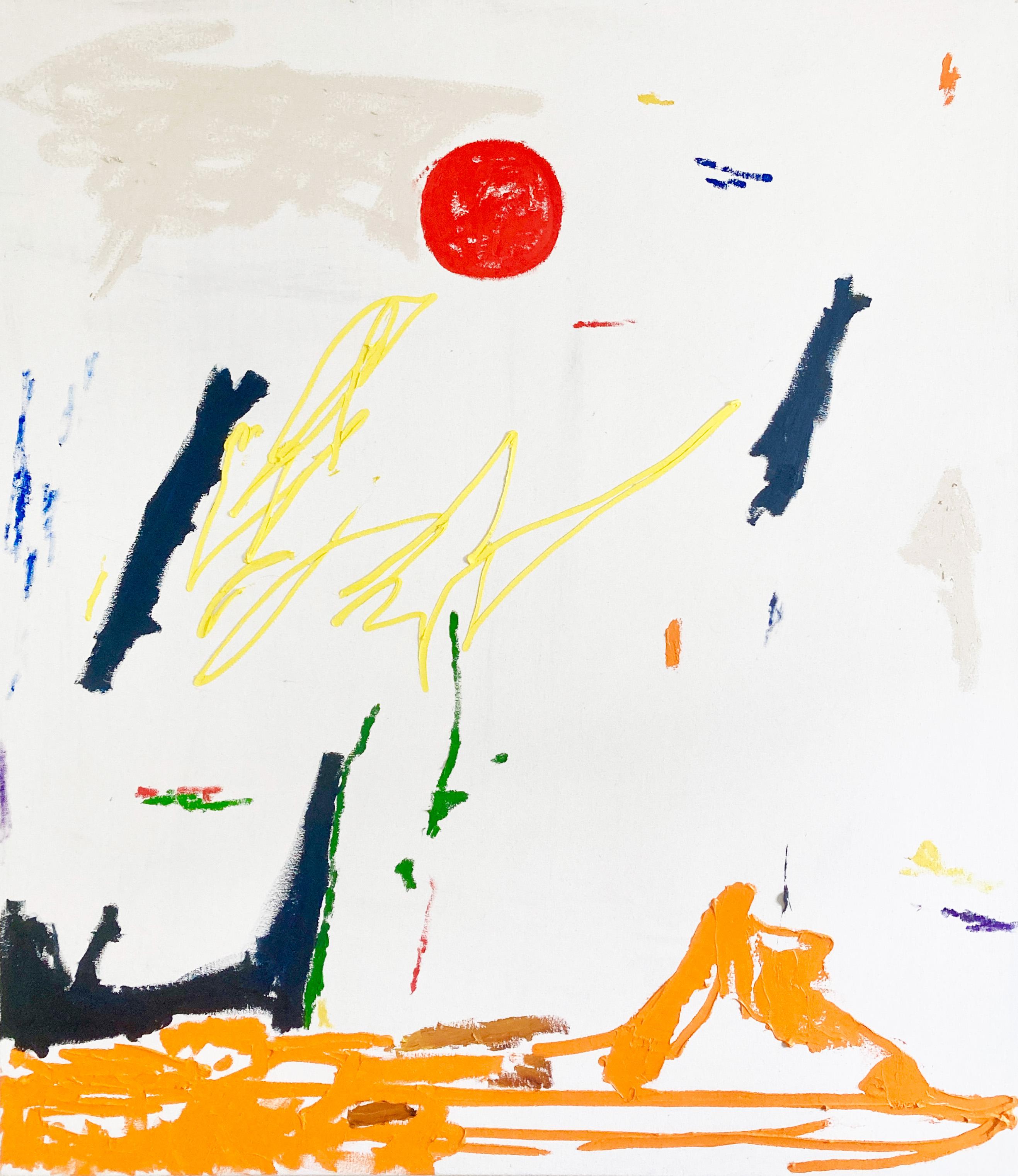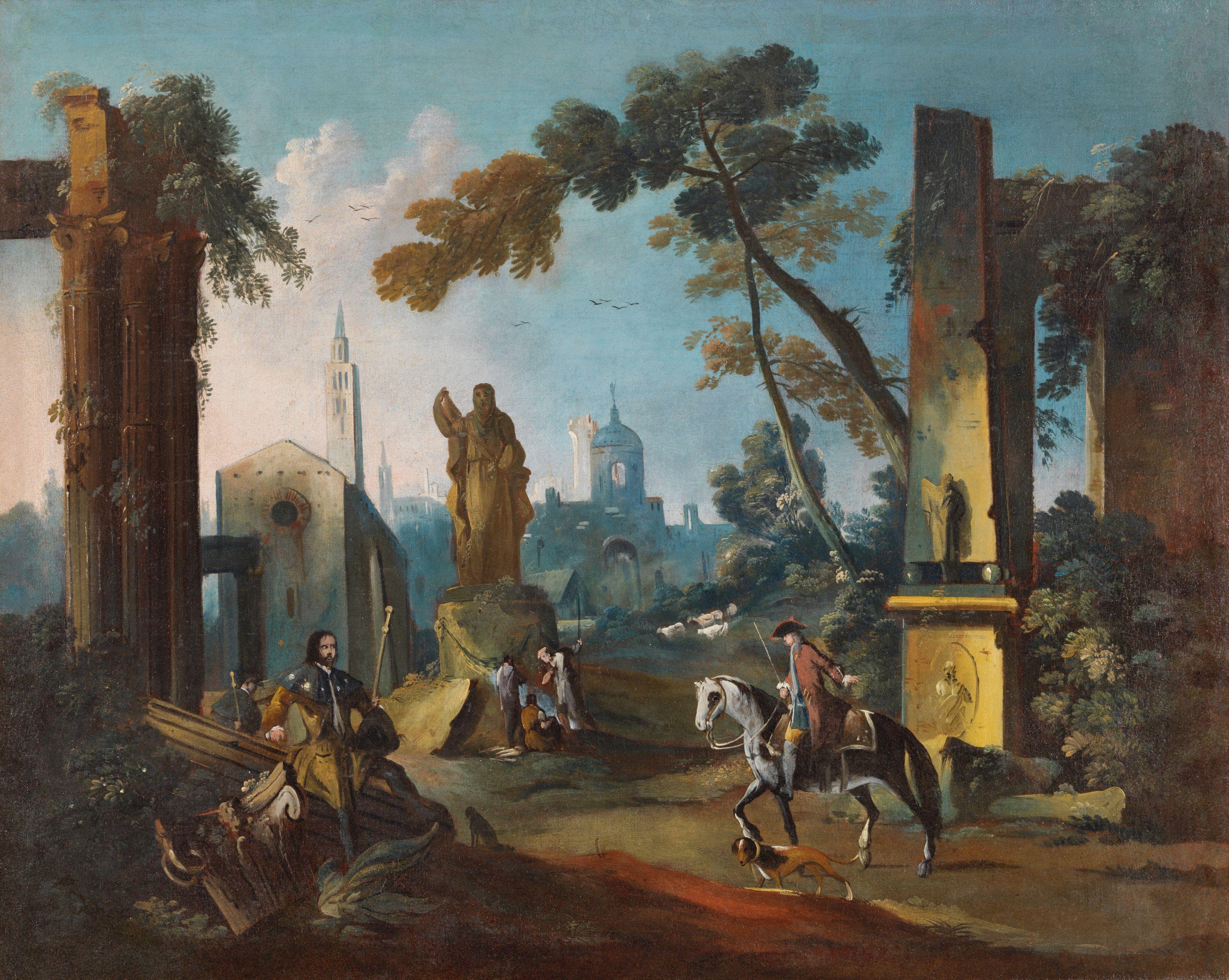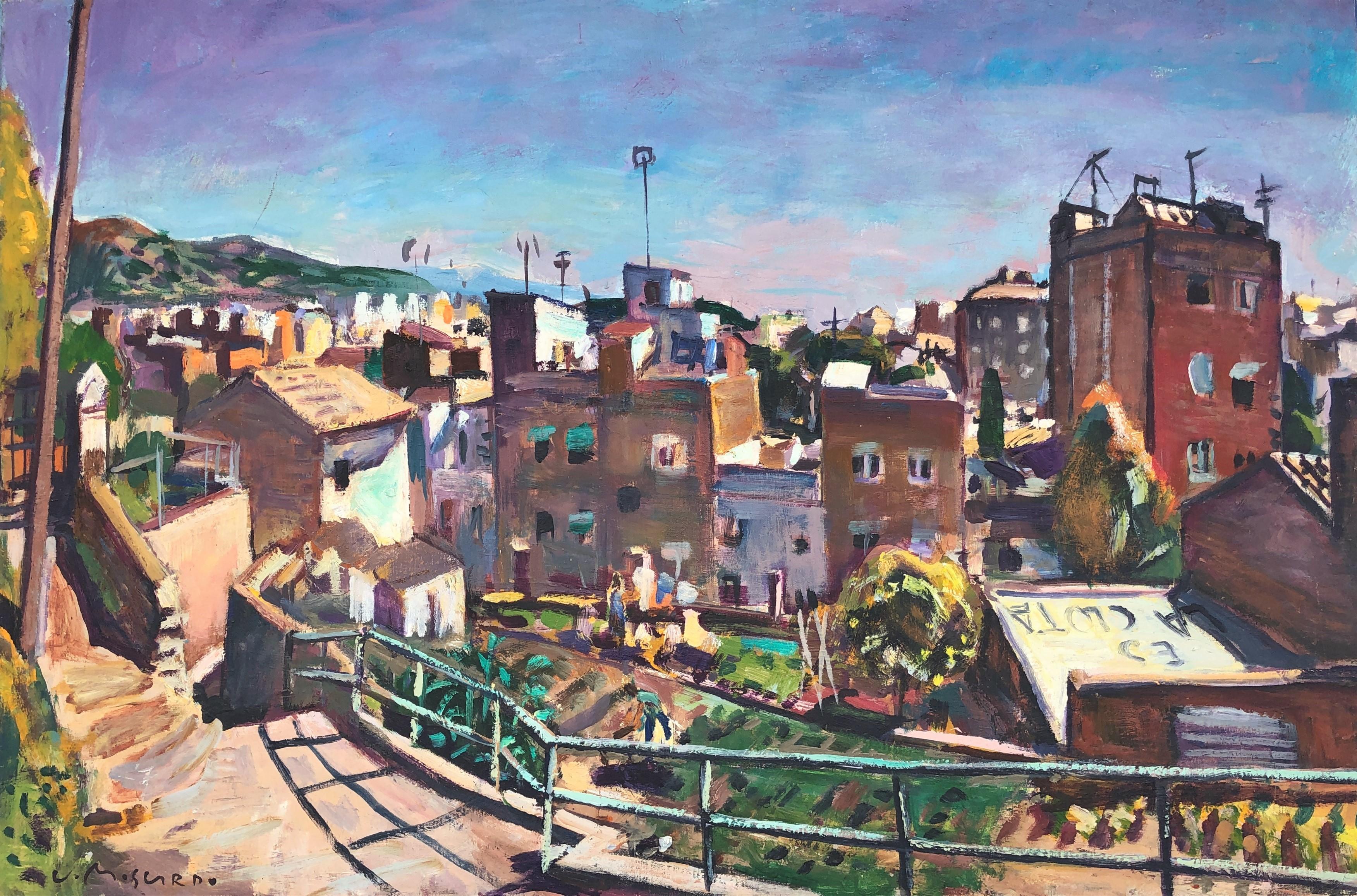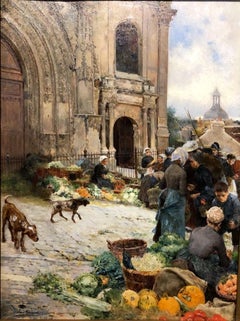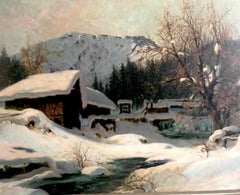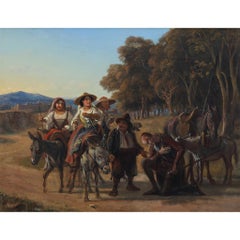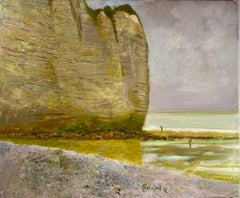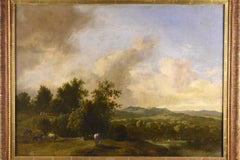
British Landscape
View Similar Items
Want more images or videos?
Request additional images or videos from the seller
1 of 5
Auction endedBrowse Current Auctions
UnknownBritish Landscape
About the Item
- Dimensions:Height: 23.5 in (59.69 cm)Width: 32 in (81.28 cm)
- Medium:
- Period:
- Condition:
- Gallery Location:Richmond Hill, CA
- Reference Number:1stDibs: LU1948211210582
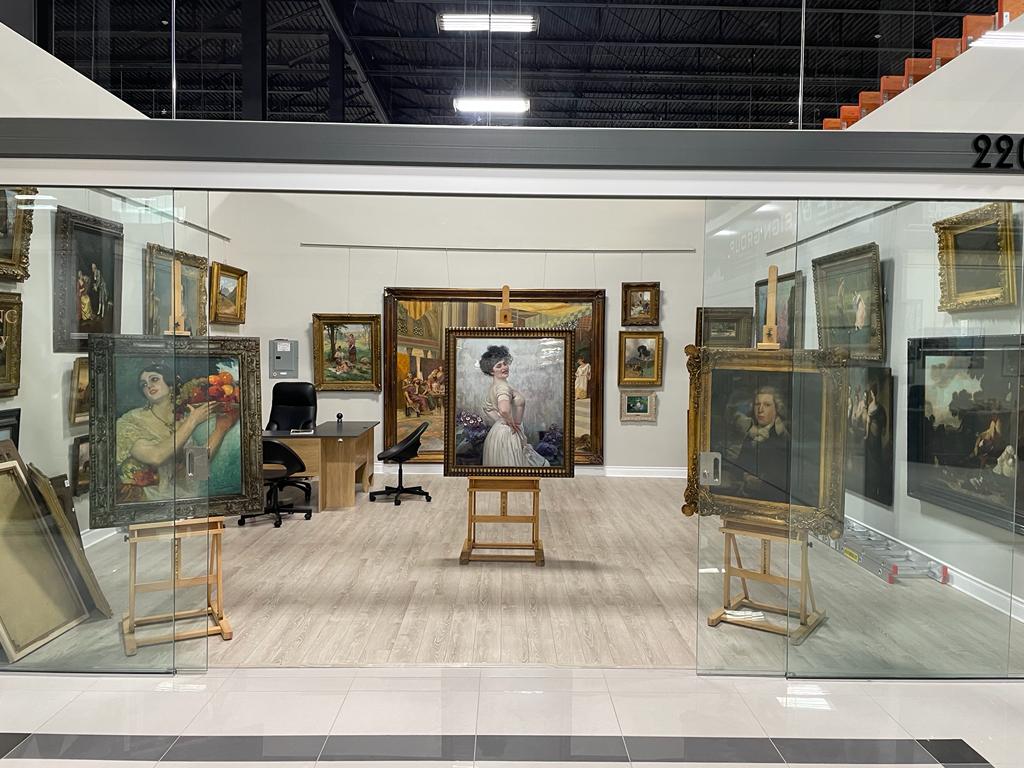
About the Seller
No Reviews Yet
Vetted Seller
These experienced sellers undergo a comprehensive evaluation by our team of in-house experts.
Established in 1985
1stDibs seller since 2022
13 sales on 1stDibs
More From This SellerView All
- Pontoise MarketLocated in Richmond Hill, ONLUIS JIMENEZ Y ARANDA (1845-1928) Pontoise Market Oil on wood Signed. Framed. Size: 17 inches (h) x 9 inches (w) wood. 21 1/2 inches (h) x 18...Category
Late 19th Century Landscape Paintings
MaterialsOil
- Winter LandscapeBy Karl Ludwig PrinzLocated in Richmond Hill, ONKARL LUDWIG PRINZ (1875-1944) Winter Landscape Oil on canvas. Signed. Framed. Size: 32 inches (h)x 39 inches (w) canvas. 40 inches (h) x 48 inc...Category
20th Century Landscape Paintings
MaterialsOil
- La Danza di SalomeLocated in Richmond Hill, ONANDREA MARCHISIO (ITALIAN 1850-1927) La Danza di Salome oil on canvas 190.5 x 249 cm (75 x 98 in.) signed lower leftCategory
19th Century Figurative Paintings
MaterialsOil
- The GardenLocated in Richmond Hill, ONAURELIO TIRATELLI(1842-1900) The Garden Oil on wood Signed and located in Rome. Framed. 7 inches (h) x 12 inches (w) wood. 22 inches (h) x 27 inches (w) framed. At the back has a number: BIO:He was born in Rome. He studied at the Accademia di San Luca in Rome, under Minardi, Alessandro Capalti, and Francesco Podesti for design and painting, while Giulio Tadolini and Pietro Tenerani mentored him as a sculptor. He created some sculptures in his first years as an artist, but then became a painter. Among his major works: A Cattle Herd at Ostia was acquired by King Vittorio Emanuele; A railroad Disaster; A Cart pulled by Buffalo in the Pontine Marshes, exhibited at the Museo Revoltella of Trieste; Work in oil in Ceccano; Herd of bulls in the Roman Countryside; Un carro alla Marchegiana, vulgarly known as Mambrucca, (surroundings of Rome), exhibited at the 1889 Universal Exposition of Paris. Tiratelli sold paintings to the Khedive of Egypt. However many of his masterworks, he did not apply a title, including canvases that depicted un cavadenti in mezzo and una fiera nella Valle del Sacco (1884 Exhibition). He exhibited in Chile, South America. Tiratelli was knighted and an officer of the Order of the Crown of Italy, and orphanages wished him to become inspector, and many societies made him an honorary associate. His son, Cesare Tiratelli, was also a landscape painter. Among his pupils was Giuseppe Signorini.Category
19th Century Figurative Paintings
MaterialsOil
- Interior SceneBy David Teniers the YoungerLocated in Richmond Hill, ONMANNER OF DAVID TENIERS Oil on canvas. Signed. Size: 15 inches (h)x 21 inches (w) only canvas. 26 inches (h) x 30 inches (w) framed. An interior scene...Category
19th Century Interior Paintings
MaterialsOil
$3,800
You May Also Like
- Don Quichote and Sacho pansaLocated in Greding, DEWilhelm Marstrand (1810-1873), Don Quichote und Sancho Pansa. Oil on canvas with a very nice frame: 45,5 x 57 cm.Category
19th Century Figurative Paintings
MaterialsCanvas, Oil
- Bernhard ButerLocated in Saint Augustine, FLArtist: Bernhard Buter (1883-1959) German Title: Rhinish Landscape Medium: Oil on Canvas Dimensions: Framed 19” x 21” , Unframed 11 x 13” Bernhard Buter paints agrarian landscapes i...Category
Early 20th Century Realist Landscape Paintings
MaterialsCanvas, Oil
- "Les Falaise Normande" (The Cliffs Of Normand)By René GenisLocated in Berlin, MDRene Genis (French 1922-2004) “Les Falaise Normande” / The Cliffs of Normand. A sea scape with high cliffs, the beach, and two fishermen. The cliffs are in browns, tans and olives a...Category
1990s French School Landscape Paintings
MaterialsCanvas, Oil
$3,360 Sale Price30% Off - "Monument Valley"By René GenisLocated in Berlin, MDRene Genis (French 1922-2004) Monument Valley. 1967. Beautiful oranges, browns, greens against a turquoise blue sky. Oil on canvas, laid on mat. Si...Category
Mid-20th Century Landscape Paintings
MaterialsOil, Canvas
- Early oil depicting the Great Fire of LondonLocated in London, GBThe Great Fire of London in September 1666 was one of the greatest disasters in the city’s history. The City, with its wooden houses crowded together in narrow streets, was a natural fire risk, and predictions that London would burn down became a shocking reality. The fire began in a bakery in Pudding Lane, an area near the Thames teeming with warehouses and shops full of flammable materials, such as timber, oil, coal, pitch and turpentine. Inevitably the fire spread rapidly from this area into the City. Our painting depicts the impact of the fire on those who were caught in it and creates a very dramatic impression of what the fire was like. Closer inspection reveals a scene of chaos and panic with people running out of the gates. It shows Cripplegate in the north of the City, with St Giles without Cripplegate to its left, in flames (on the site of the present day Barbican). The painting probably represents the fire on the night of Tuesday 4 September, when four-fifths of the City was burning at once, including St Paul's Cathedral. Old St Paul’s can be seen to the right of the canvas, the medieval church with its thick stone walls, was considered a place of safety, but the building was covered in wooden scaffolding as it was in the midst of being restored by the then little known architect, Christopher Wren and caught fire. Our painting seems to depict a specific moment on the Tuesday night when the lead on St Paul’s caught fire and, as the diarist John Evelyn described: ‘the stones of Paul’s flew like grenades, the melting lead running down the streets in a stream and the very pavements glowing with the firey redness, so as no horse, nor man, was able to tread on them.’ Although the loss of life was minimal, some accounts record only sixteen perished, the magnitude of the property loss was shocking – some four hundred and thirty acres, about eighty per cent of the City proper was destroyed, including over thirteen thousand houses, eighty-nine churches, and fifty-two Guild Halls. Thousands were homeless and financially ruined. The Great Fire, and the subsequent fire of 1676, which destroyed over six hundred houses south of the Thames, changed the appearance of London forever. The one constructive outcome of the Great Fire was that the plague, which had devastated the population of London since 1665, diminished greatly, due to the mass death of the plague-carrying rats in the blaze. The fire was widely reported in eyewitness accounts, newspapers, letters and diaries. Samuel Pepys recorded climbing the steeple of Barking Church from which he viewed the destroyed City: ‘the saddest sight of desolation that I ever saw.’ There was an official enquiry into the causes of the fire, petitions to the King and Lord Mayor to rebuild, new legislation and building Acts. Naturally, the fire became a dramatic and extremely popular subject for painters and engravers. A group of works relatively closely related to the present picture have been traditionally ascribed to Jan Griffier...Category
17th Century Old Masters Landscape Paintings
MaterialsOil, Canvas
- White FarmBy Zygmund JankowskiLocated in Gloucester, MAZygmund Jankowski (1925–2009) painted traditional subjects with exuberant irreverence for traditional rules of color, composition, and perspective. He disparaged imitation and deligh...Category
1980s Contemporary Landscape Paintings
MaterialsCanvas, Oil
Price Upon Request
Recently Viewed
View AllMore Ways To Browse
28 Inch
British Landscape Oil Canvas Painting
British School Landscape
British School Landscape Paintings
19th Century Landscape Unknown
19th Century British Landscapes
19th Century British Landscape Paintings
36 Inch Landscape
British Landscape Oil 19th Century
British School 19th
19th Century British School
19th Century British School Landscapes
Unknown British Landscape
White And Blue House
Private M Collection
Oil Paintings Landscape With People
Mountain Wood
Wood Skies
